
Have you ever wondered about the hidden treasures beneath our feet? Edible roots have been a staple in diets across the globe for centuries, offering a rich variety of flavors, textures, and nutrients. From the familiar crunch of carrots to the exotic allure of yacon, these underground gems can transform any meal into a culinary adventure. Whether you’re a seasoned chef or a curious foodie, exploring the world of edible roots can open up a whole new realm of gastronomic possibilities. Ready to dig in and unearth some tasty surprises? Let’s embark on a journey through 24 types of edible roots that might just become your next kitchen favorite.
1
of 24
Tapioca

Tapioca is derived from the cassava root and is widely used in cooking and baking. This starchy substance is often transformed into pearls, flakes, or powders. It’s a gluten-free ingredient, making it a favorite in many dietary restrictions. Commonly found in puddings, bubble tea, and as a thickener in soups and sauces, tapioca adds a unique texture and versatility to various culinary dishes.
Read More About Tapioca: 16 Facts About Tapioca
2
of 24
Chicory

Chicory is an edible root known for its slightly bitter and nutty flavor. Often used as a coffee substitute or additive, it can also be cooked or eaten raw in salads. Rich in inulin, a prebiotic fiber, chicory supports digestive health and aids in nutrient absorption. Additionally, it contains vitamins and minerals that contribute to overall wellness. Learn more about chicory’s benefits and uses by exploring these 13 intriguing facts.
Read More About Chicory: 13 Facts About Chicory
3
of 24
Carrot
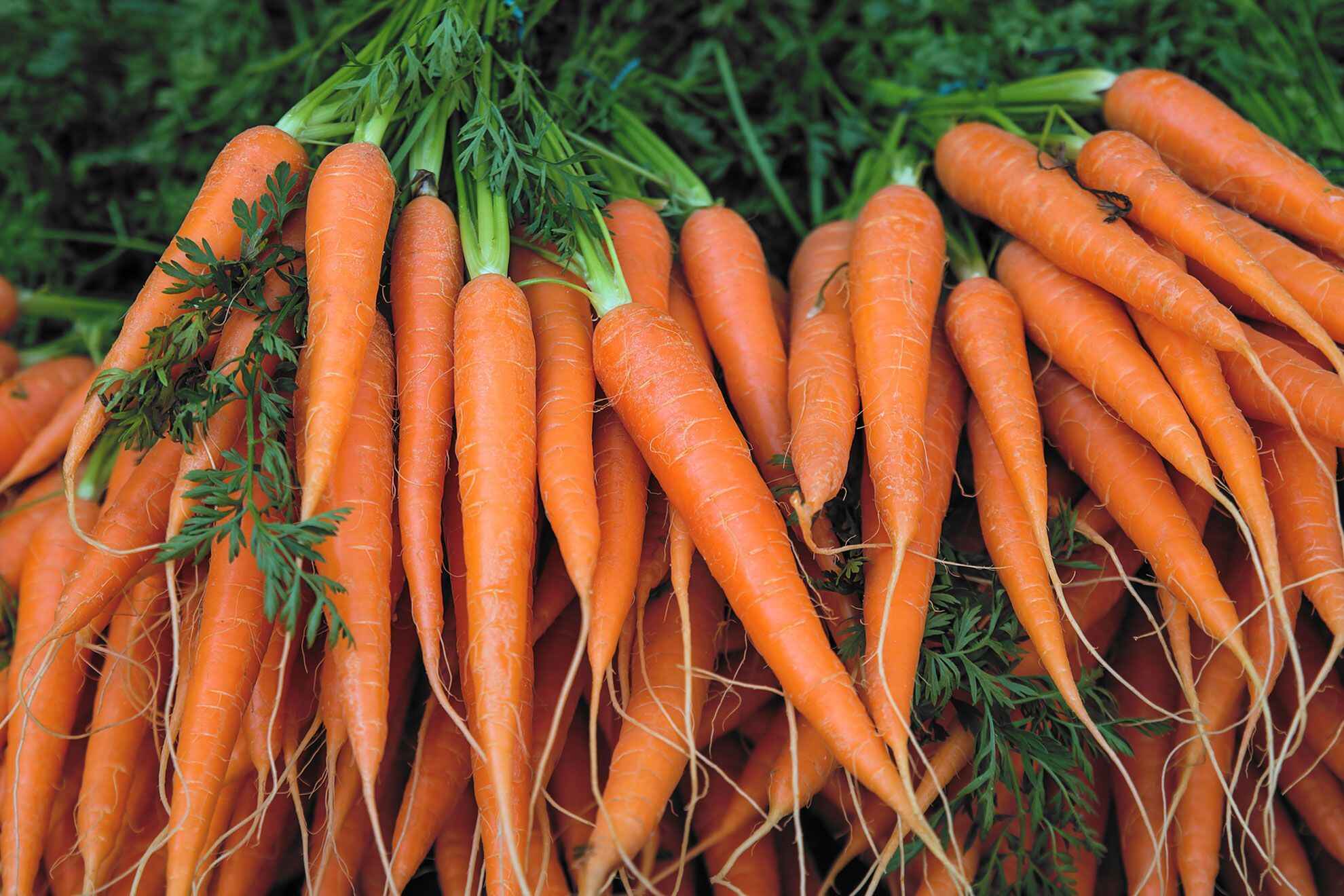
Carrots, those vibrant orange roots, pack a punch of flavor and nutrients. Loved around the globe, they come in various colors like purple, red, and yellow. Not just a crunchy snack, carrots boost eye health due to high beta-carotene levels. They also support a healthy immune system with antioxidants and vitamins. Perfect for salads, soups, and even desserts, these versatile veggies can be roasted, steamed, or eaten raw. Carrots have been cultivated for centuries and remain a staple in many culinary traditions. Dive into the world of this humble root and uncover its rich history and benefits!
Read More About Carrot: 19 Facts About Carrot
4
of 24
Beetroot
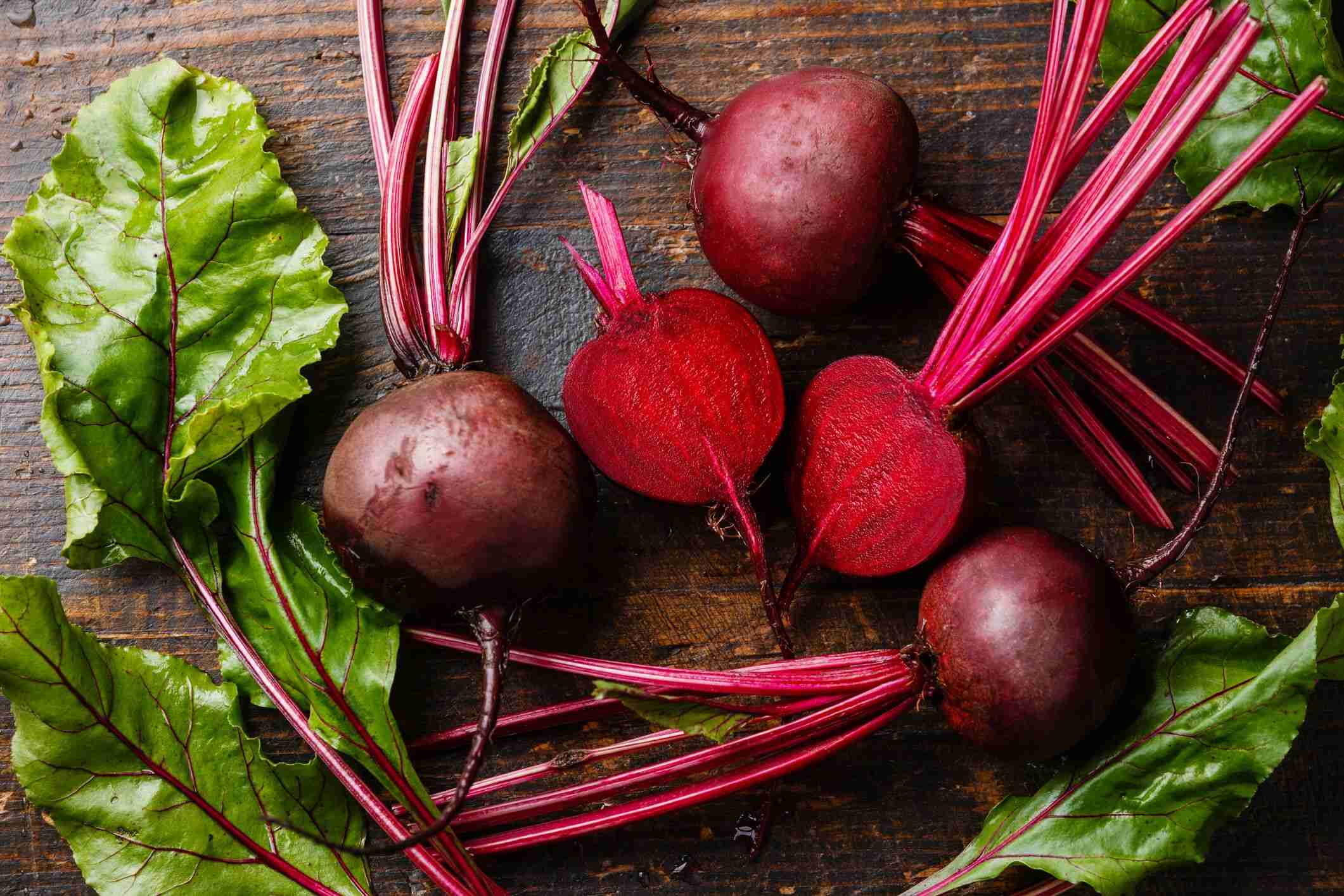
Beetroot, a vibrant root vegetable often recognized by its deep red hue, offers a delightful punch of flavor and nutrition. Rich in essential nutrients like folate, manganese, and fiber, it supports overall health and wellness. Whether roasted, pickled, or juiced, this versatile root can add a splash of color and a unique taste to various dishes. Plus, beetroot’s natural sweetness makes it a great addition to both savory and sweet recipes. Its earthy taste and numerous health benefits make beetroot a cherished addition to any food lover’s kitchen.
Read More About Beetroot: 14 Facts About Beetroot
5
of 24
Radish
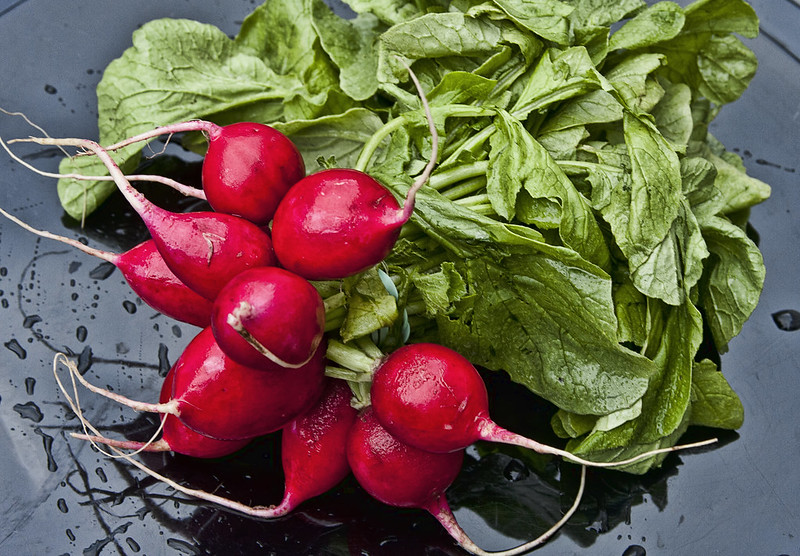
Radishes, those zippy little root veggies, pack a punch in the culinary world. From salads to pickles, their peppery crunch adds zest and variety to dishes. Historically cultivated since ancient times, these vibrant roots come in hues of red, white, purple, and black. Beyond their spicy bite, radishes offer a host of nutritional benefits, including antioxidants and essential vitamins. Perfect for gardeners, they grow quickly and thrive in various climates. Whether enjoyed raw, cooked, or fermented, radishes prove to be a versatile and flavorful addition to any diet. Dive into the world of radishes and savor their spicy delights!
Read More About Radish: Radish Facts
6
of 24
Turnip
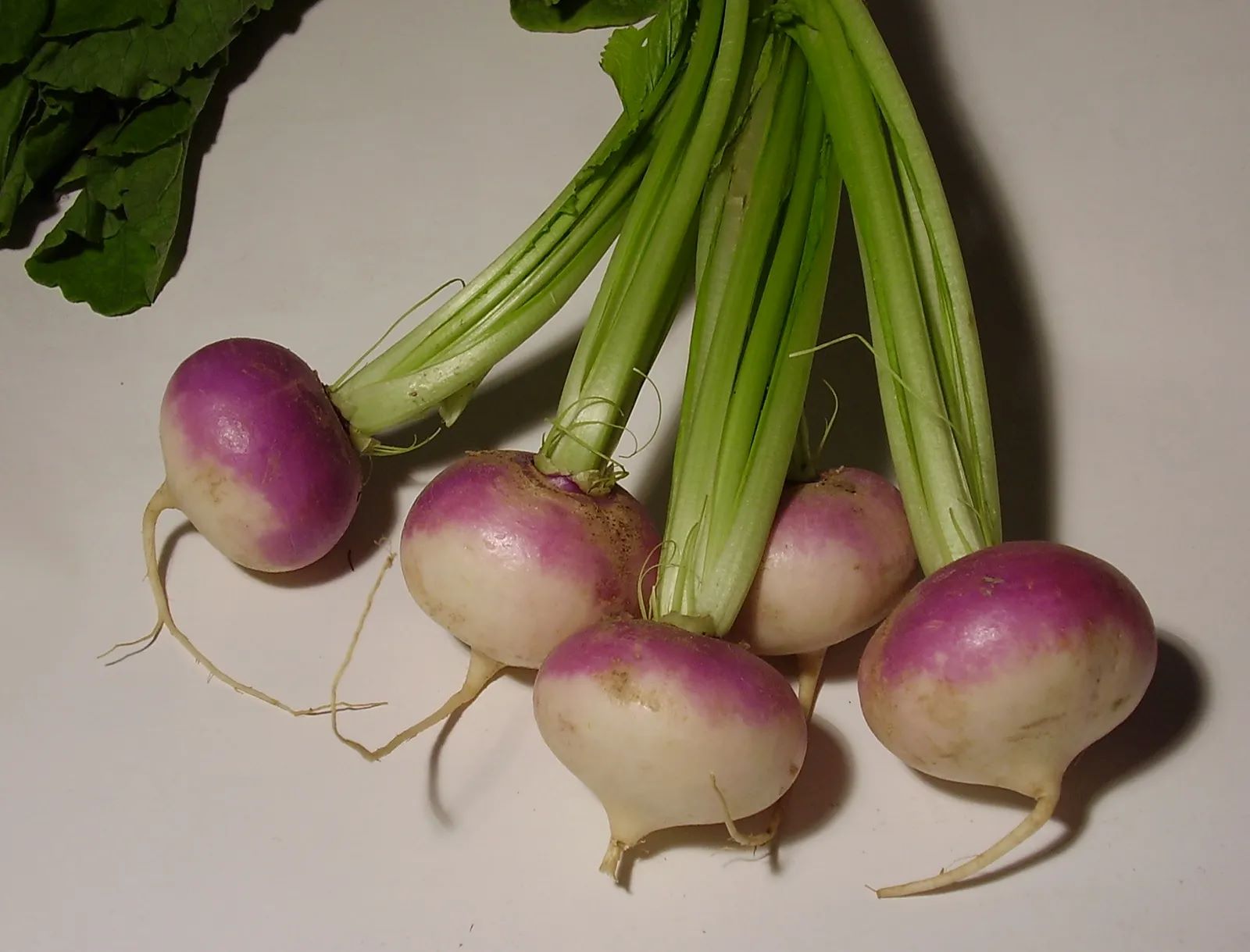
Turnips are fascinating root vegetables that have been part of human diets for centuries. With their slightly sweet, peppery taste, these versatile plants can be enjoyed raw, cooked, or pickled. Not only do they offer a unique flavor, but they’re also packed with nutrients like vitamin C, fiber, and potassium. From their humble beginnings in ancient farming communities to modern kitchens worldwide, turnips have played a significant role in various culinary traditions. Curious to learn more about these amazing roots? Dive into their rich history, health benefits, and intriguing cultural significance.
Read More About Turnip: 15 Turnip Facts
7
of 24
Parsnip
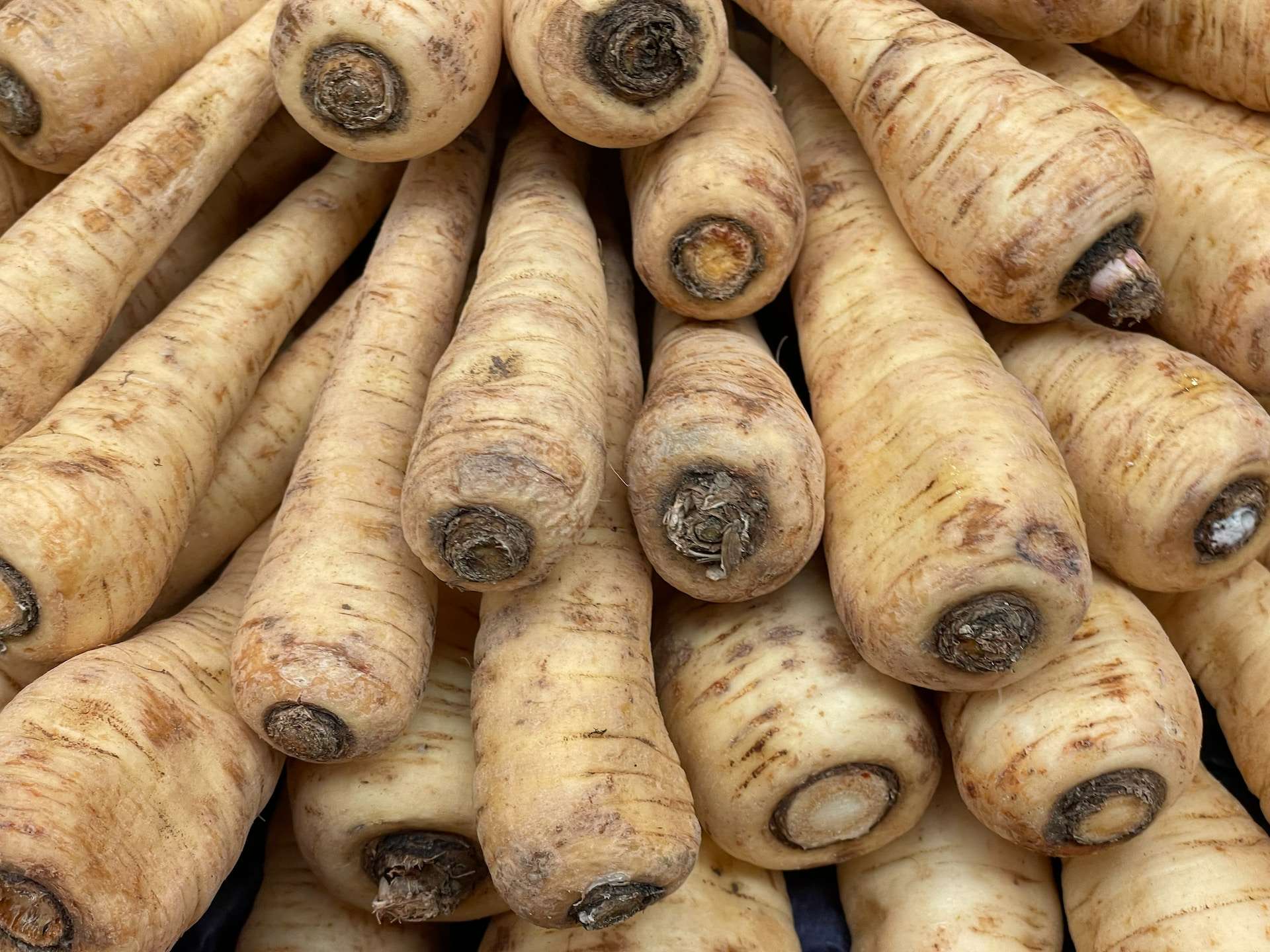
Parsnip, a root vegetable celebrated for its nutty sweetness, has long been a staple in kitchens worldwide. Resembling a pale carrot, its creamy flesh packs a punch of flavor whether roasted, mashed, or added to stews. This versatile veggie not only tastes great but also brims with nutrients, making it a go-to for health-conscious folks. Rich in vitamins, minerals, and fiber, parsnips support digestion, boost immunity, and keep your heart happy. With their unique taste transforming any dish, parsnips bring warmth and comfort to meals, proving they’re more than just a humble root. Dig in and savor its goodness!
Read More About Parsnip: 19 Facts About Parsnip
8
of 24
Sweet Potato

Sweet potatoes aren’t just tasty; they’re fascinating! These vibrant root veggies pack a punch with their rich history, diverse varieties, and numerous health benefits. Originating in Central and South America, they’ve become a global favorite. Whether mashed, roasted, or baked into pies, their versatility shines. Surprisingly, they’re not related to regular potatoes and even come in different colors, including purple and white. Beyond their deliciousness, sweet potatoes are nutritional powerhouses, loaded with vitamins and fiber. Each bite tells a story of tradition, innovation, and culinary delight. Curious to learn more? Dive into the world of sweet potatoes!
Read More About Sweet Potato: 19 Fun Facts About Sweet Potatoes
9
of 24
Yam
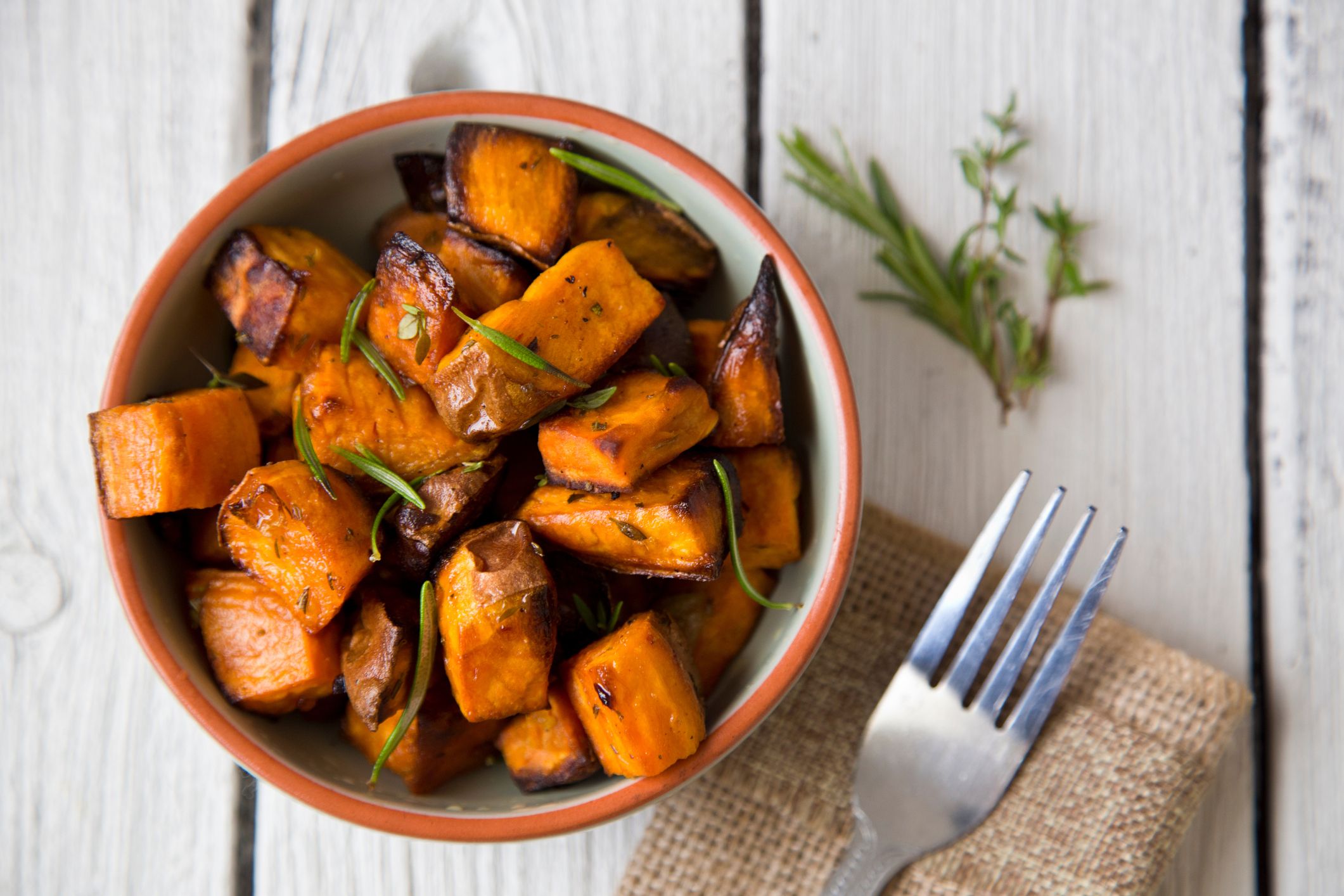
Yams pack a punch when it comes to nutrition. Loaded with vitamins, minerals, and antioxidants, these tubers are more than just a starchy veggie. They bring a wealth of health benefits, including boosting your immune system and aiding digestion. Whether baked, boiled, or mashed, yams add a flavorful twist to your meals while keeping your body in tip-top shape. Rich in fiber and low in fat, they’re a smart choice for anyone looking to maintain a balanced diet. Dive into the world of yams and discover how these roots can spice up your culinary adventures!
Read More About Yam: 22 Great Yam Nutrition Facts 100G
10
of 24
Ginger
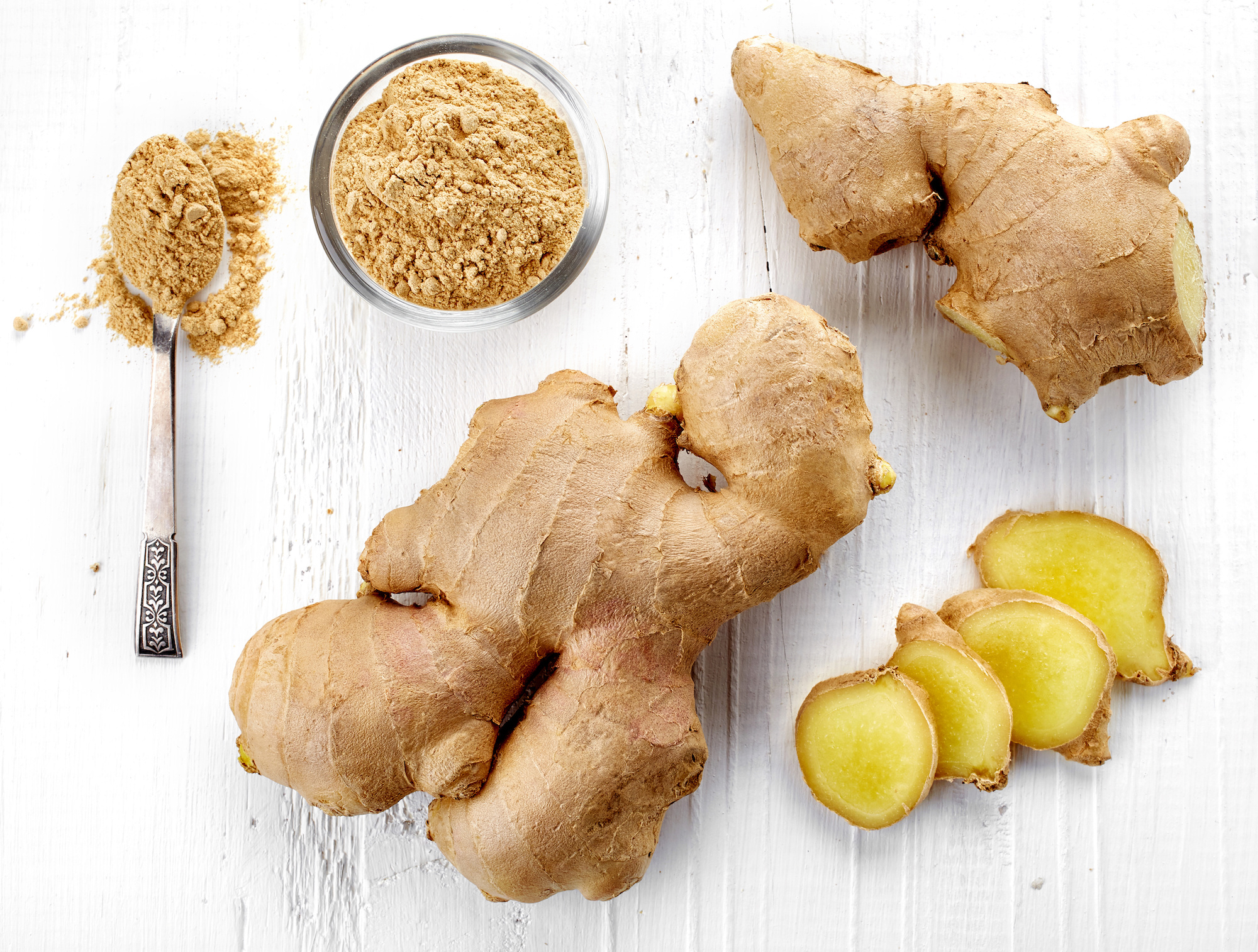
Ginger, that zesty root, packs a punch both in the kitchen and in the health department. Famous for its spicy kick, this versatile spice finds its way into countless dishes, from savory curries to sweet cookies. But ginger’s magic extends beyond taste—it’s been a stalwart medicinal herb for centuries. Known for easing nausea, soothing sore throats, and reducing inflammation, it’s no wonder folks keep it stocked. Whether you’re diving into its culinary uses or intrigued by its health benefits, ginger promises to add a flavorful twist to your life. Curious about more edible roots? Dive deeper and uncover their secrets!
Read More About Ginger: Ginger Facts
11
of 24
Turmeric
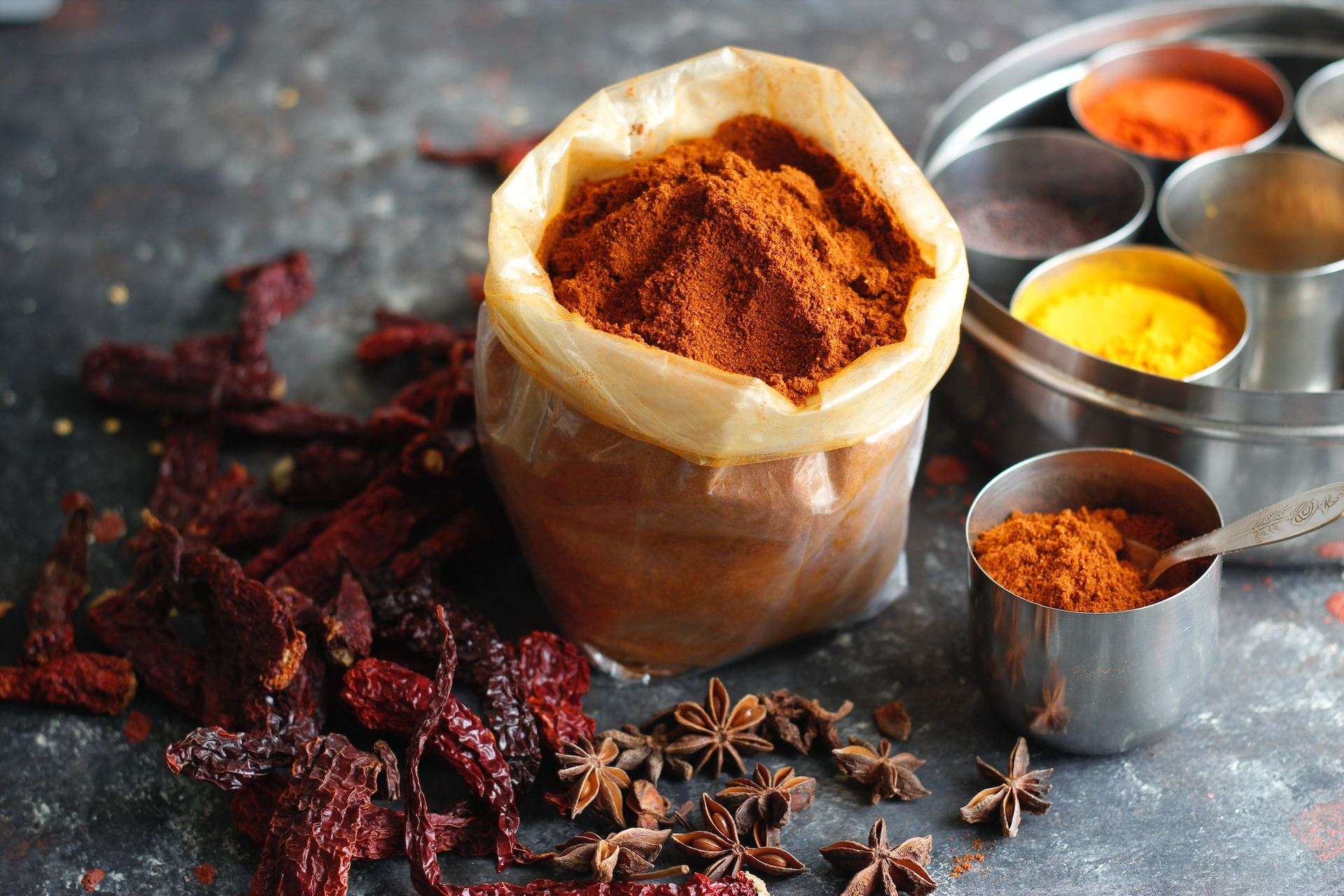
Turmeric, a bright yellow-orange spice, comes from the root of the Curcuma longa plant. Known for its earthy flavor and vibrant color, this root has been cherished for centuries in cooking, medicine, and dyeing fabrics. It’s the main ingredient in curry powder and gives mustard its sunny hue. Besides culinary uses, turmeric boasts potent anti-inflammatory and antioxidant properties, making it a staple in traditional medicine practices like Ayurveda. Curcumin, the active compound in turmeric, is credited with many of its health benefits, including boosting brain function and fighting chronic diseases. Dive into the world of turmeric and uncover its rich history and benefits.
Read More About Turmeric: 20 Facts About Turmeric
12
of 24
Horseradish
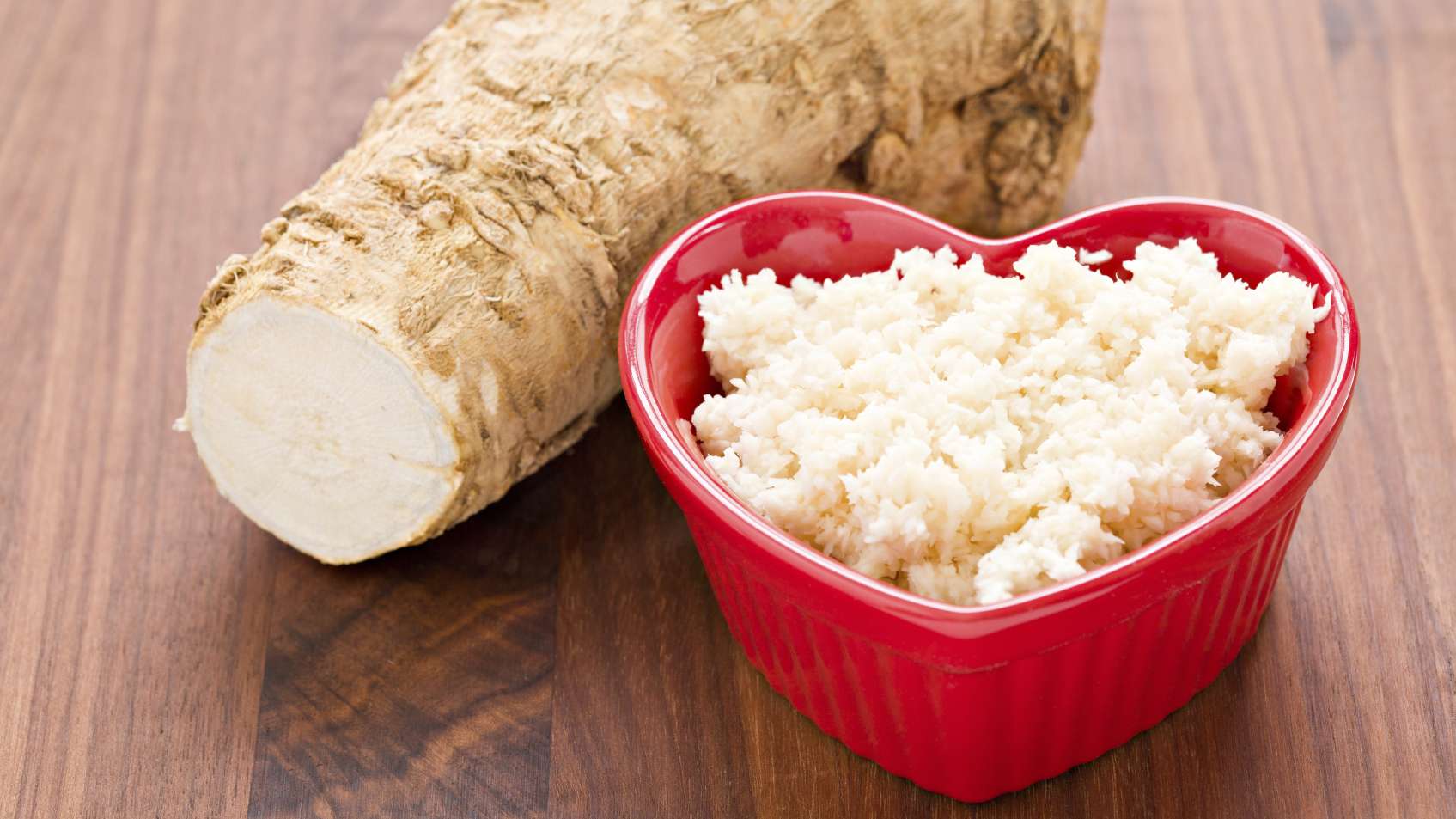
Horseradish roots pack a punch with their spicy kick and unique flavor. This plant, often underestimated, has a rich history and a variety of uses. From spicing up condiments to being a powerhouse in traditional medicine, horseradish adds zest to both culinary and health realms. Its pungent roots can clear sinuses, enhance dishes, and even serve as a natural insect repellent. Horseradish thrives in cool climates and is easy to grow, making it a gardener’s delight. With roots that bring bold flavors and benefits, horseradish is a must-know in the world of edible roots.
Read More About Horseradish: 12 Facts About Horseradish
13
of 24
Jerusalem Artichoke
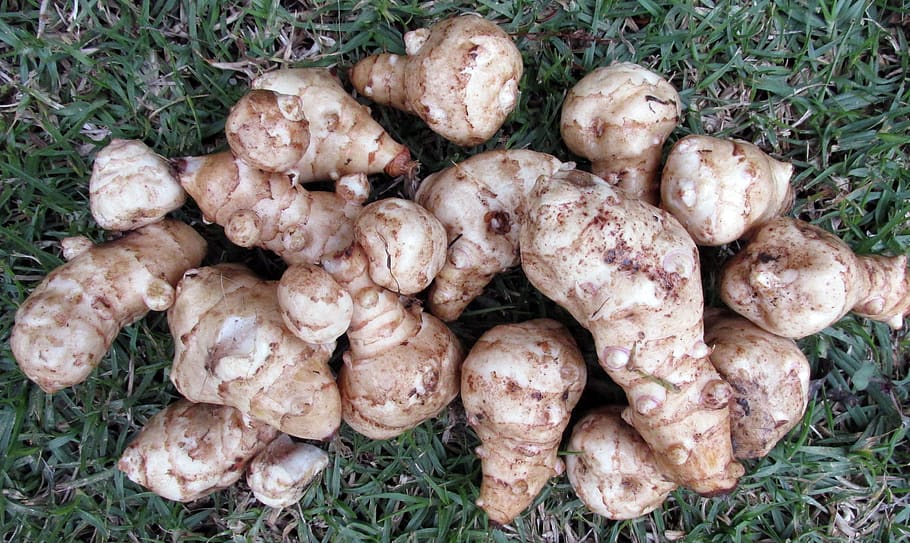
Jerusalem artichoke, also known as sunchoke, is a tuberous root vegetable native to North America. It boasts a nutty, slightly sweet flavor, making it a versatile addition to dishes. Resembling ginger root, this root can be eaten raw or cooked, adding a delightful crunch or creamy texture to meals. High in inulin, it aids digestion and supports gut health. Unlike traditional potatoes, sunchokes remain firm when cooked, offering a unique culinary experience. Perfect for soups, salads, or stir-fries, Jerusalem artichokes bring a distinct taste and nutritional benefits to any kitchen lineup.
Read More About Jerusalem Artichoke: 19 Facts About Jerusalem Artichoke
14
of 24
Jicama
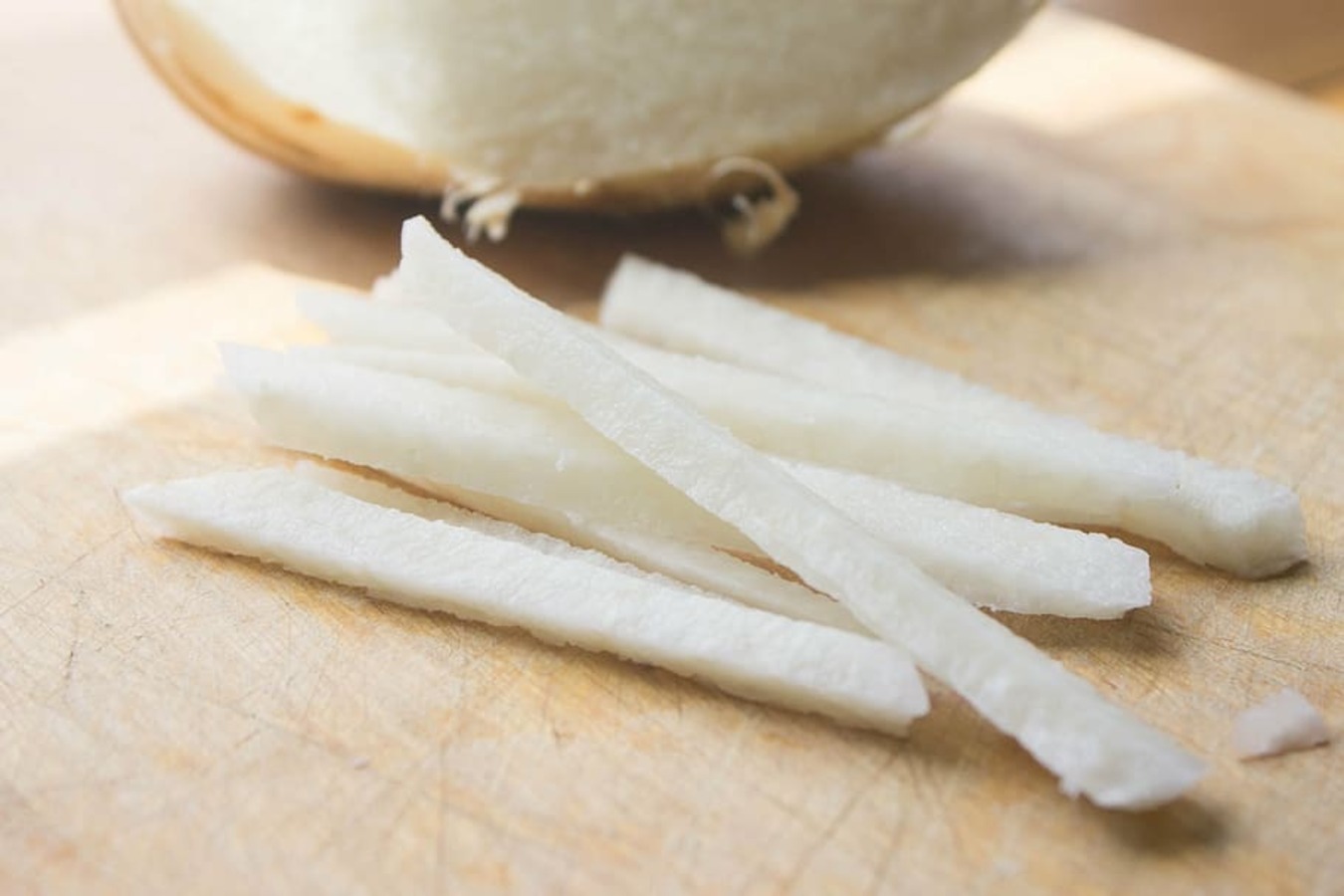
Jicama, often dubbed the “Mexican turnip,” is a root vegetable that boasts a crisp texture and a slightly sweet, nutty flavor. Its brown, papery skin hides a juicy, white flesh that’s perfect for adding crunch to salads, salsas, and stir-fries. You can even enjoy it raw for a refreshing snack! Rich in fiber and vitamin C, jicama not only tastes great but also packs a nutritional punch. Whether you’re tossing it into a fresh spring mix or slicing it up for dipping, this versatile root will add a delightful twist to your dishes. Give jicama a try and spice up your culinary adventures!
Read More About Jicama: 17 Facts About Jicama
15
of 24
Lotus Root

Lotus root, a versatile and crunchy edible root, often steals the spotlight in Asian cuisine. This fascinating root, with its unique pattern of holes, not only adds a delightful texture to dishes but also packs a punch with nutrients. Loaded with vitamins, minerals, and fiber, lotus root supports digestive health and boosts immunity. From soups to stir-fries, its sweet, nutty flavor enhances a variety of culinary creations. Plus, it’s used in traditional medicine for its cooling properties. Whether sliced, diced, or julienned, lotus root offers an exciting way to jazz up any meal while promoting well-being.
Read More About Lotus Root: 20 Facts About Lotus Root
16
of 24
Daikon
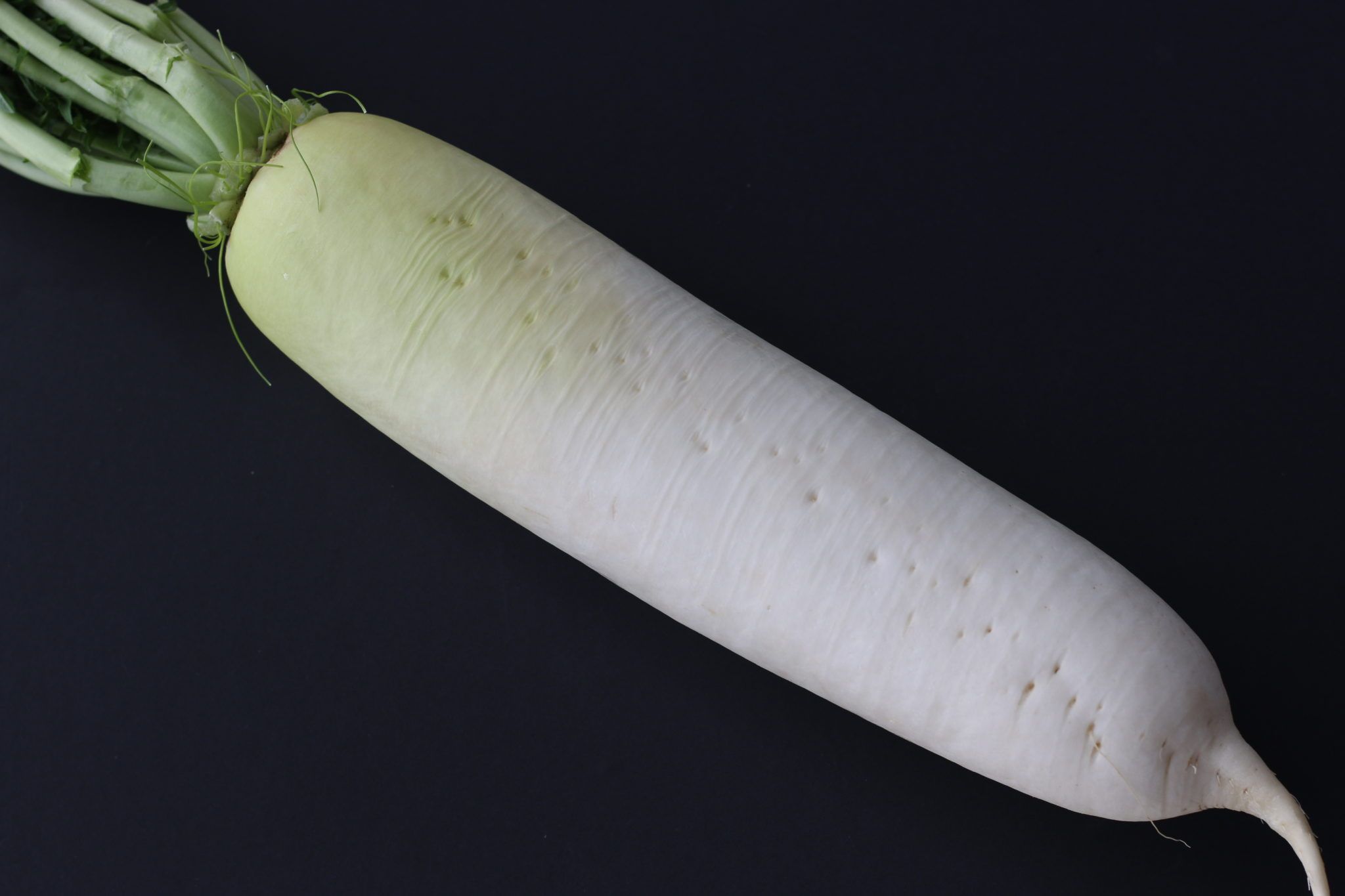
Daikon is an intriguing root vegetable with a crisp texture and mild flavor. Often mistaken for a large white carrot, it brings a refreshing crunch to salads, soups, and pickles. Originating in Asia, this versatile root has found its way into cuisines worldwide. From its nutrient-rich profile packed with vitamins and minerals to its ability to aid digestion, daikon proves itself quite the culinary and health powerhouse. With various preparation methods, including raw, cooked, and fermented, this root offers a delightful twist to many dishes. Dive into the world of daikon and discover its many uses and benefits.
Read More About Daikon: 13 Facts About Daikon
17
of 24
Burdock Root
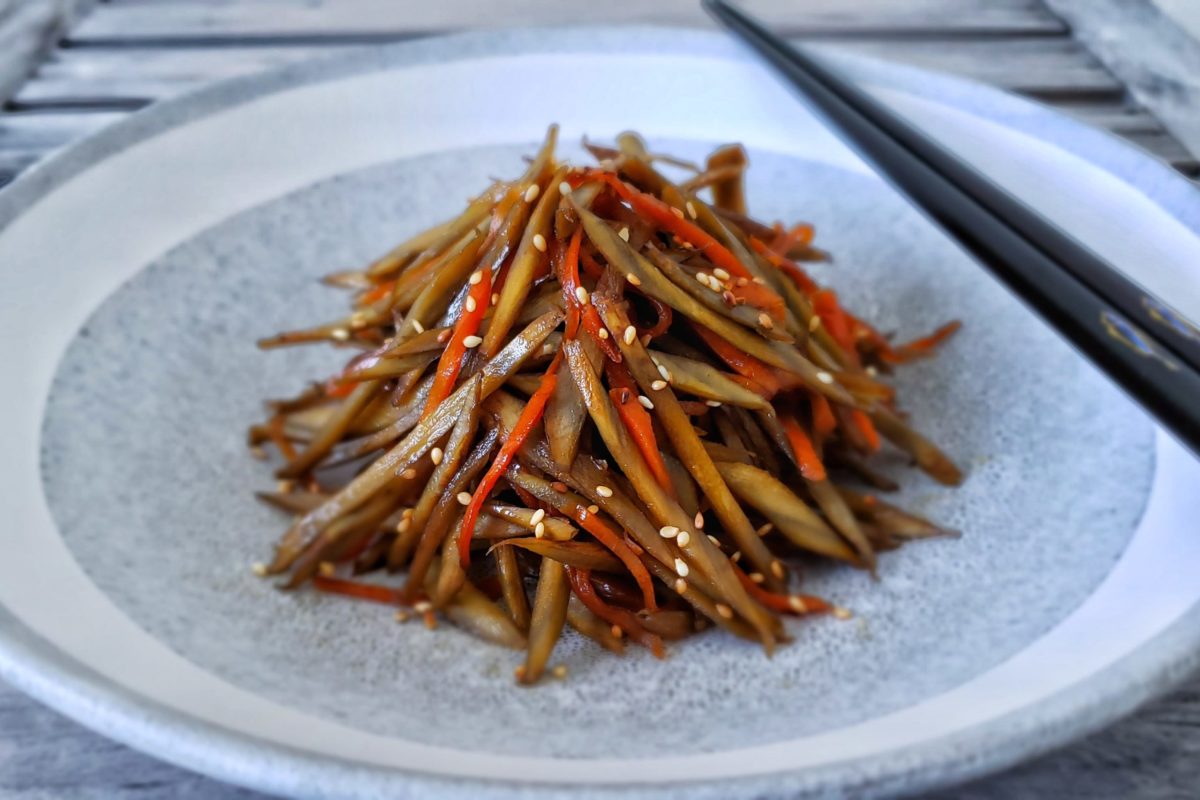
Burdock root, a hidden gem in your local produce aisle, offers a wealth of nutritional benefits that are often overlooked. Packed with fiber, vitamins, and minerals, this root can enhance overall wellness while adding a unique, earthy flavor to dishes. It’s especially rich in antioxidants, supporting immune health and combating inflammation. Whether sautéed, steamed, or added to soups, burdock root is versatile and delicious. Plus, it’s been a staple in traditional medicine for centuries, touted for its detoxifying properties. Give burdock root a try and discover a flavorful way to boost your diet.
Read More About Burdock Root: 19 Burdock Root Nutrition Facts
18
of 24
Galangal

Galangal, a spicy root from Southeast Asia, packs a punch in both flavor and health benefits. Often mistaken for ginger, this aromatic rhizome has a sharp citrusy taste with hints of pine. Used widely in Thai, Indonesian, and Malaysian cuisines, it adds a unique zing to soups, curries, and sauces. Rich in antioxidants and anti-inflammatory properties, galangal supports digestion and boosts the immune system. Many swear by its medicinal uses, from treating nausea to relieving respiratory issues. Curious about this exotic root? Dive into its fascinating world and spice up your culinary adventures!
Read More About Galangal: 16 Facts About Galangal
19
of 24
Arrowroot

Arrowroot, a versatile tuber, often takes center stage in kitchens worldwide. With its mild flavor and smooth texture, it’s a go-to for thickening sauces, soups, and puddings. This gluten-free and easily digestible starch originates from tropical regions and has been a staple in many diets for centuries. Arrowroot not only aids in culinary endeavors but also boasts several health benefits, such as aiding digestion and soothing the stomach. Whether you’re gluten intolerant or simply looking to add variety to your meals, arrowroot brings a unique twist to the table, enriching both taste and nutrition!
Read More About Arrowroot: 18 Facts About Arrowroot
20
of 24
Kohlrabi

Kohlrabi, often called the “German turnip,” stands out with its unique bulbous stem and crisp texture. This versatile vegetable can be enjoyed raw or cooked, adding a delightful crunch to salads and stir-fries. Its flavor, a mild blend of cabbage and broccoli, makes it a hit among veggie enthusiasts. Harvested when young and tender, kohlrabi’s green or purple skin hides a pale interior rich in vitamins and nutrients. Perfect for those seeking something different, this root vegetable promises to bring an unexpected twist to your culinary adventures. Dig in and let kohlrabi surprise your taste buds!
Read More About Kohlrabi: 16 Facts About Kohlrabi
21
of 24
Oca
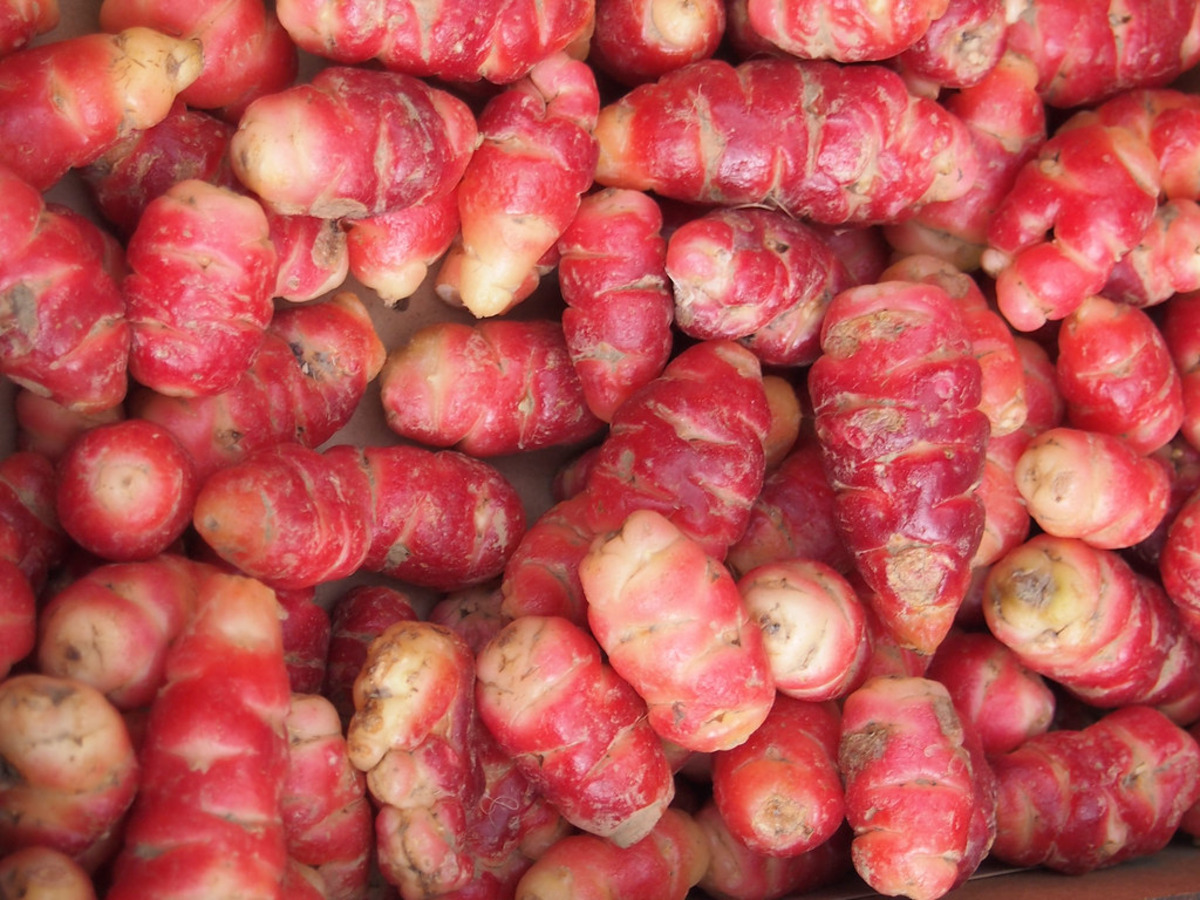
Oca, also called New Zealand yam, is a vibrant tuber celebrated for its tangy taste and versatility in the kitchen. Hailing from the Andes, it’s a staple in many South American cuisines. With colors ranging from yellow to red, oca not only adds a splash of color to dishes but also packs a nutritional punch. Its slightly sweet flavor makes it a delightful addition to salads, soups, and stir-fries. Ideal for adventurous eaters and health enthusiasts, oca brings both novelty and nourishment to the table, promising an exciting culinary experience.
Read More About Oca: 18 Facts About Oca
22
of 24
Maca
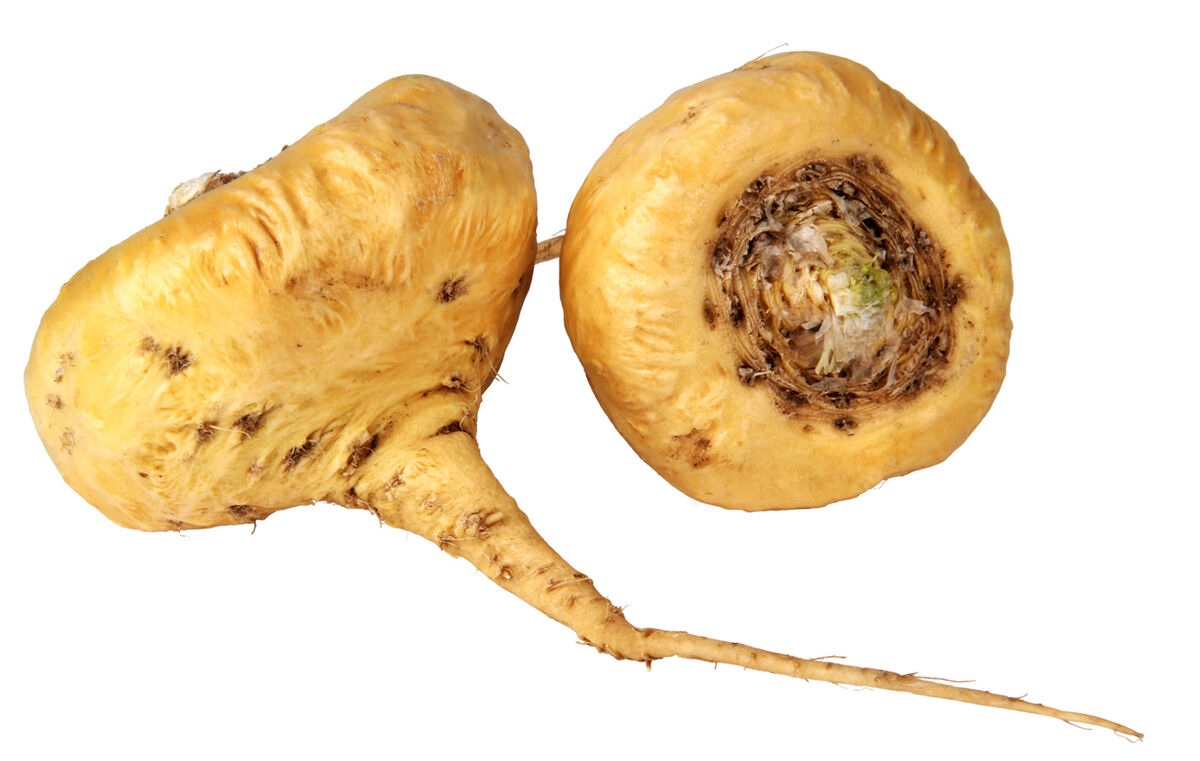
Maca root, often called “Peruvian ginseng,” is a nutrient-packed edible root from the Andes Mountains. This superfood brims with vitamins, minerals, and antioxidants, providing numerous health benefits. Known for boosting energy levels, improving mood, and enhancing fertility, maca root has been a staple in traditional medicine for centuries. Its earthy, nutty flavor makes it a versatile ingredient in smoothies, soups, and baked goods. As interest in natural health remedies grows, maca root’s popularity skyrockets. Whether you’re looking to energize your day or support overall wellness, this powerhouse root has something for everyone. Dive into its nutritious world today!
Read More About Maca: 33 Amazing Maca Root Nutrition Facts
23
of 24
Water Chestnut
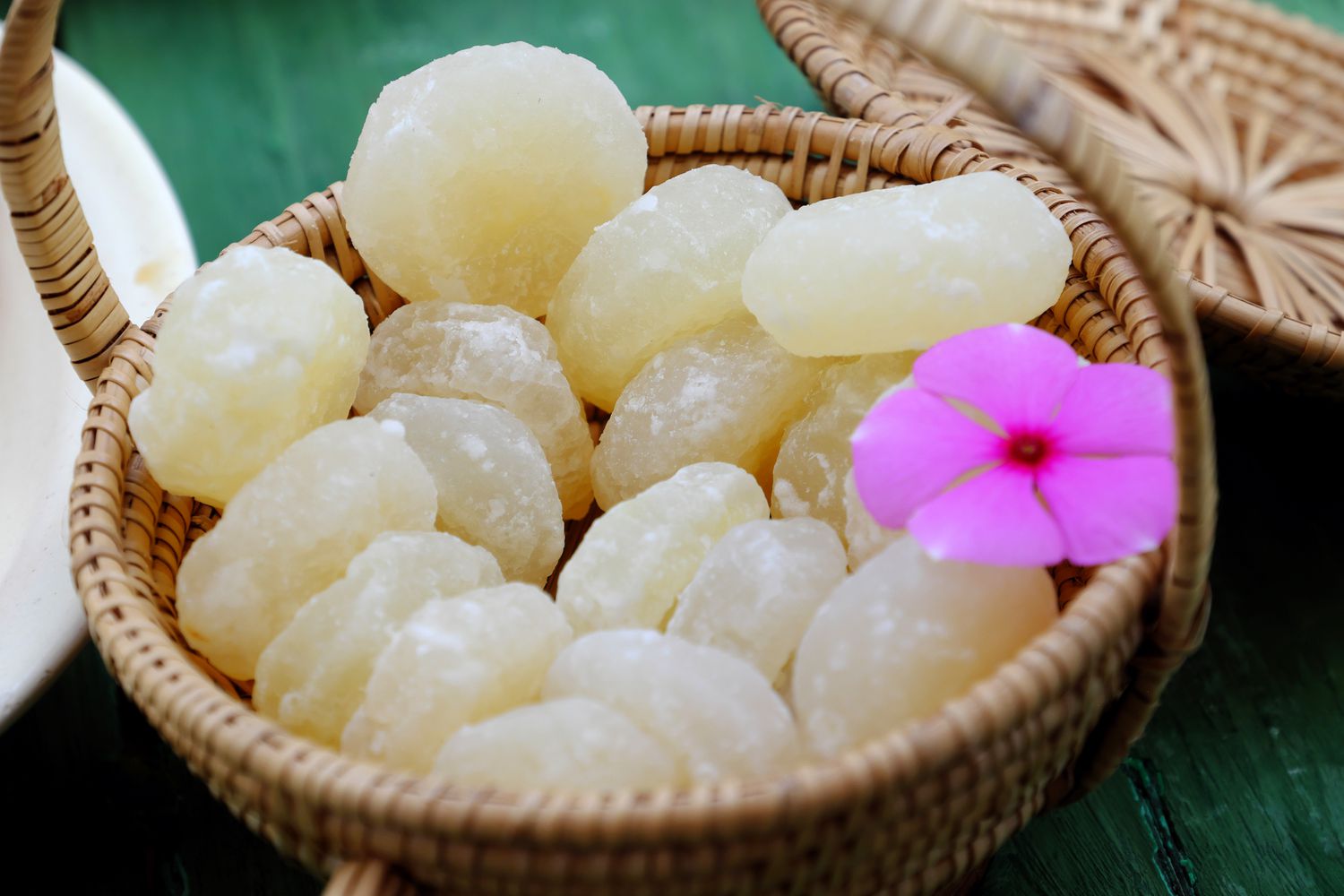
Water chestnuts, a crunchy delight often found in Asian cuisine, are packed with surprising nutrition benefits. Their crisp texture is perfect for salads, stir-fries, and snacks. These aquatic tubers boast a low-calorie count while being rich in fiber, vitamins, and antioxidants. They help with digestion, weight management, and even reducing risks of chronic diseases. Bursting with hydration, water chestnuts are a refreshing addition to your diet. Dive into the world of edible roots and discover why these little gems deserve a spot on your plate!
Read More About Water Chestnut: 18 Great Nutrition Facts Water Chestnuts
24
of 24
Wasabi
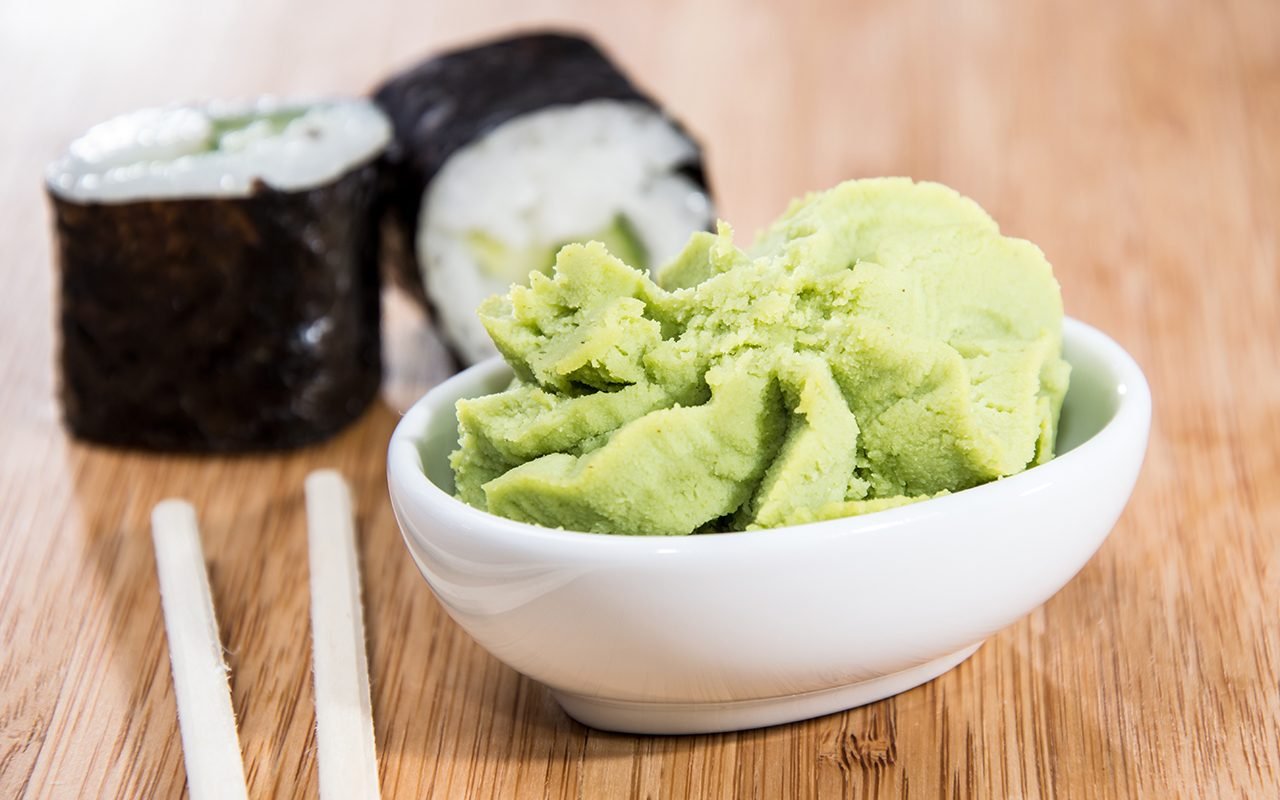
Wasabi, that fiery green paste you love or hate with your sushi, is more than just a spicy kick. This unique root hails from Japan and packs a punch of nutrients. Loaded with antioxidants, vitamins, and minerals, it can help boost your immune system, fight inflammation, and even improve digestion. Don’t be fooled by imitations, though—the real stuff is far rarer and pricier than its common horseradish-based counterpart. Curious about the health benefits and the secrets behind this culinary gem? Dive into the world of wasabi and discover what makes this root a standout in the realm of edible roots.
Read More About Wasabi: Wasabi Nutrition Facts
Was this page helpful?
Our commitment to delivering trustworthy and engaging content is at the heart of what we do. Each fact on our site is contributed by real users like you, bringing a wealth of diverse insights and information. To ensure the highest standards of accuracy and reliability, our dedicated editors meticulously review each submission. This process guarantees that the facts we share are not only fascinating but also credible. Trust in our commitment to quality and authenticity as you explore and learn with us.
